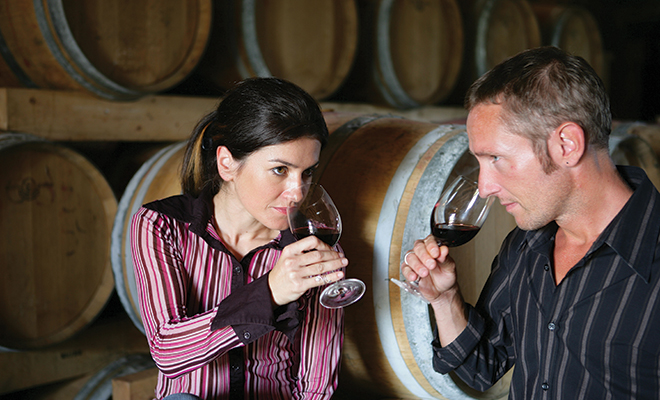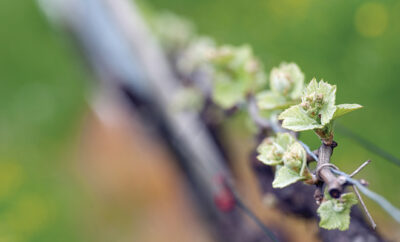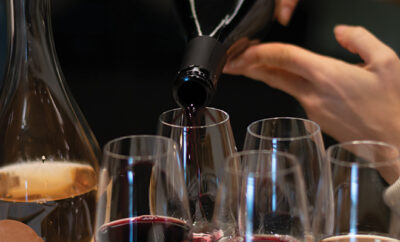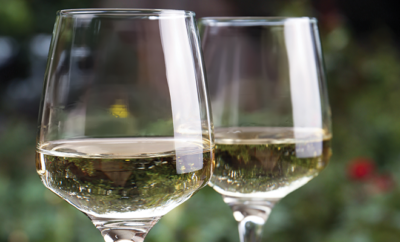
Wine Wise! Words to Sip By
Is your wine chewy? How about fresh? We tend to describe wines in so many interesting ways, it sometimes seems as if we’re talking about something else besides wine—perhaps food or flowers!
Don’t worry; you know more than you think you do, and here are a few wine terms to get you wine wise for that next wine tasting, dinner party or ladies’ wine night! Have some fun with these and see how many you already know:
Taste
Body: This one I think of as “thin” or “full.” When your sip of wine quickly disappears like a hit and run, it didn’t have the fullness to coat your palate and fill up your mouth’s senses.
Tannins or tannic: If the wine tastes a bit bitter to you, or sharp along the front area of your tongue, the wine is tannic, containing higher quantity of tannins that can make your mouth feel instantly dried out. If the wine has been oak aged, this feeling will fall more to the middle of your tongue.
Acidic: Food-friendly wines tend to be acidic, because they complement the savory and robust flavors on the menu, making our mouth water after taking those first sips.
Chewy: When you take a couple of sips of wine and really savor them, letting them coat your tongue, you are allowing your full palate to appreciate every aspect of that wine. If the wine has a structure, or body that lingers on your palate, you’re “chewing” on all the dimensions that wine has to offer.
Smell
Hot: “Coming in hot” is not usually something you want to hear about your wine. When you take your nose to the glass, you can detect a higher alcohol level by the smell. Sometimes just swirling the wine in your glass for a bit, exposing the wine to the air, will lighten the sensation of alcohol heat.
Band-Aid®: Not that you’d want to find one in your glass of wine, this aroma is actually a naturally occurring result of a natural yeast. Brett, or Brettanomyces, can be associated with both red and white wines and isn’t necessarily an indicator of a bad wine.
Corked: To me, this resonates as a very wet hairy dog that has come in from the rain. It can also be a wet cardboard or moldy scent. It’s a chemical reaction that doesn’t affect too many bottles, but you’ll want to return it or, at the very least, dump it as it’s unsalvageable.
Oxidized: Over time, wine will naturally oxidize under the best conditions. However, if your unaged wine has a slight brownish-golden hue, then it’s been a victim of poor storage and may smell slightly like bruised fruit. This isn’t reversible either.
Barnyard: Wines with a barnyard smell may have a scent of wet hay and farm stables; it isn’t a bad thing. This will appeal to those who enjoy lighter earthy wines rather than boldly styled wines.
Vegetative: Wines that have a distinct aroma of cooked or aging broccoli, or Brussel sprouts or fresh earth and moss may be described as vegetative. The wine that pops out immediately with this description is the beloved pinot noir.
See
Viscosity: Usually in wine, the higher the alcohol, the higher the sugar content. Wine has a thickness that can be observed both by sight and taste.
Legs: As you swirl the wine in your glass, do you notice the peaks that cling on the inside of the glass for a bit? Those are referred to as “legs,” indicating a higher level of alcohol and sugar; the temperature of the surroundings will make that wine hang’on the inside of the glass. The longer the hang time, the greater the legs!
Sediment: At the bottom of an aged wine bottle, you can see particles that have settled along the edge. To filter and minimize sediment, use a decanter or tea strainer. If you see sediment at the bottom of your glass, it’s harmless.
Vintage and non-vintage: The vintage year listed on the bottle indicates the year in which the wine grapes were harvested. When a bottle is non-vintage, it can be a blend of several vintages put together.
For Fun
Punt: Did you know the indentation at the bottom of your wine bottle has a name? It’s called the punt, which collects and separates sediment at the bottom of the bottle.
Large format: Wine bottles are typically sold in 750ml glass bottles. Splits are 375ml, whereas a magnum is 1.5L, which is two standard wine bottles, and the imperial is 6L.
There are so many more fun wine terms that we could do a wine dictionary. We hope a few of these were new to you, and together we can all be more wine wise! ■
Sources: vinology.com and the experience of the author.







